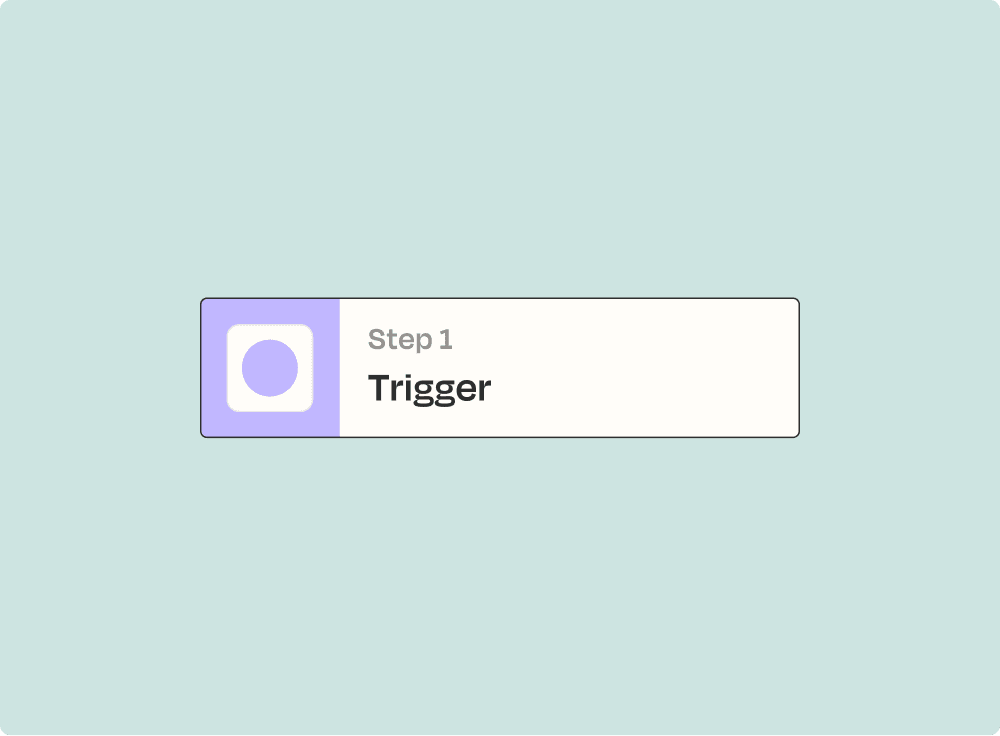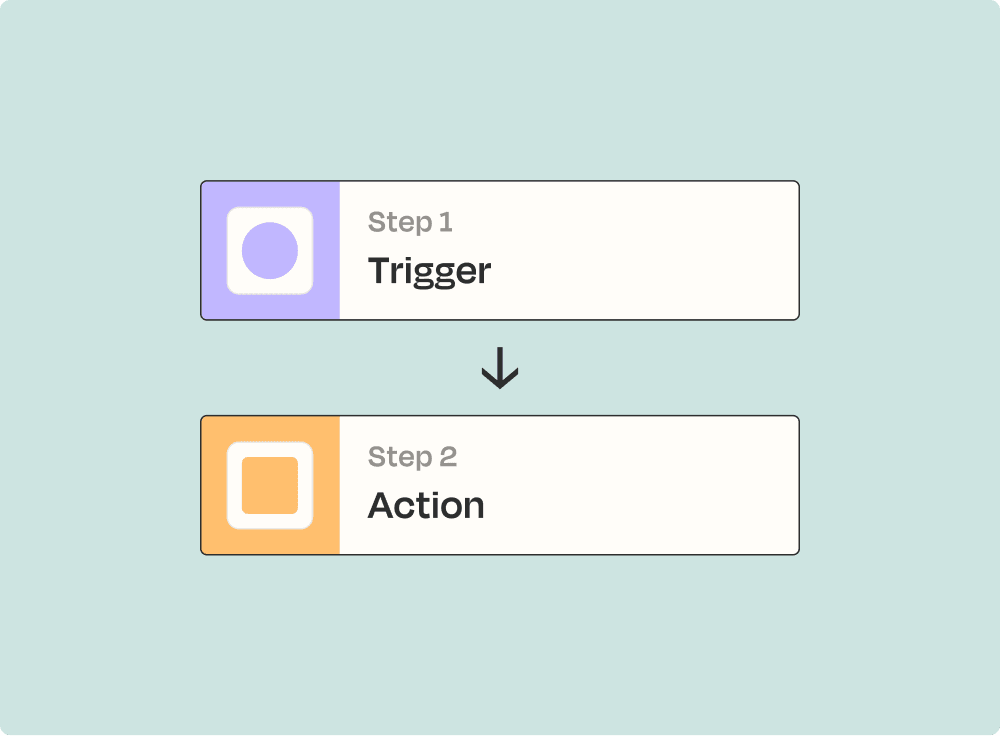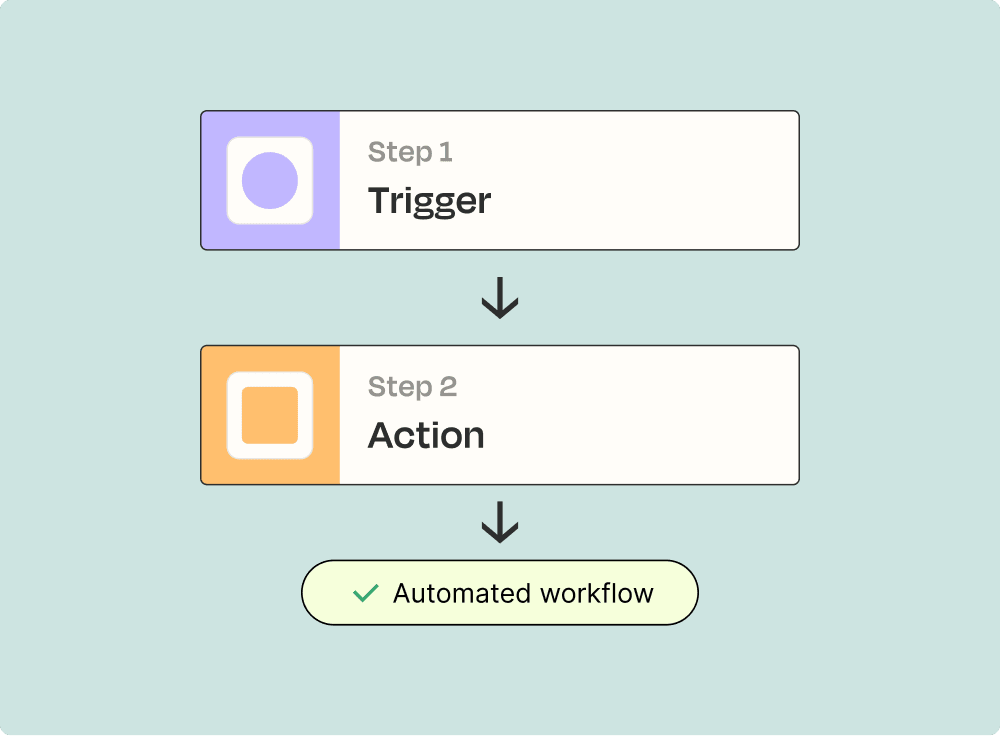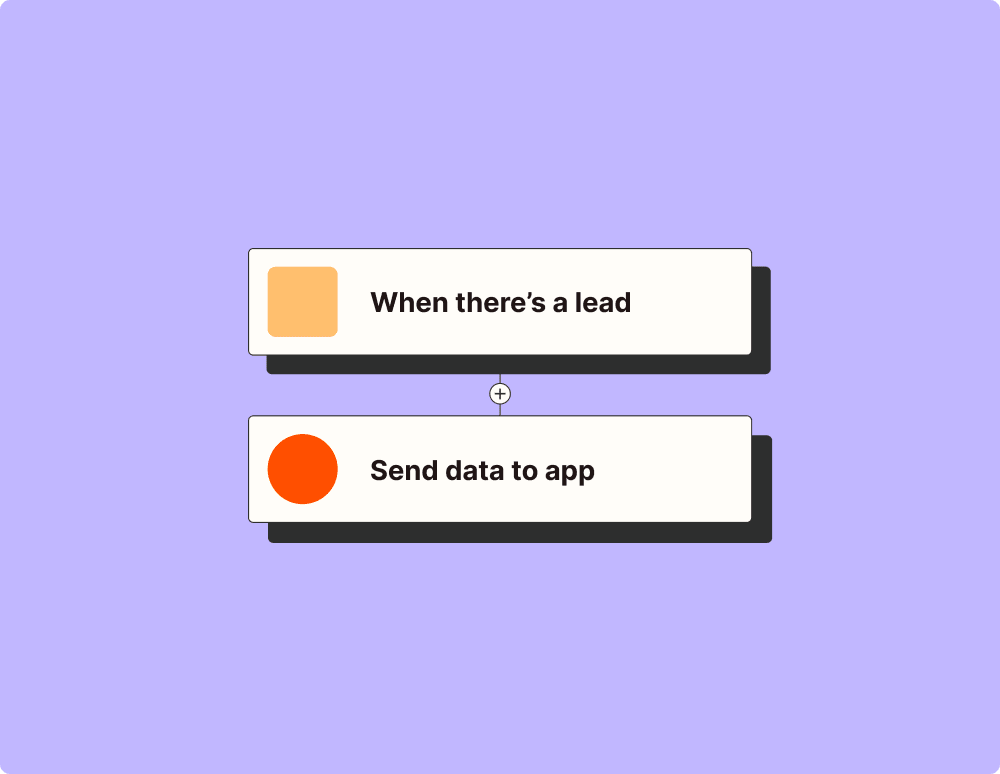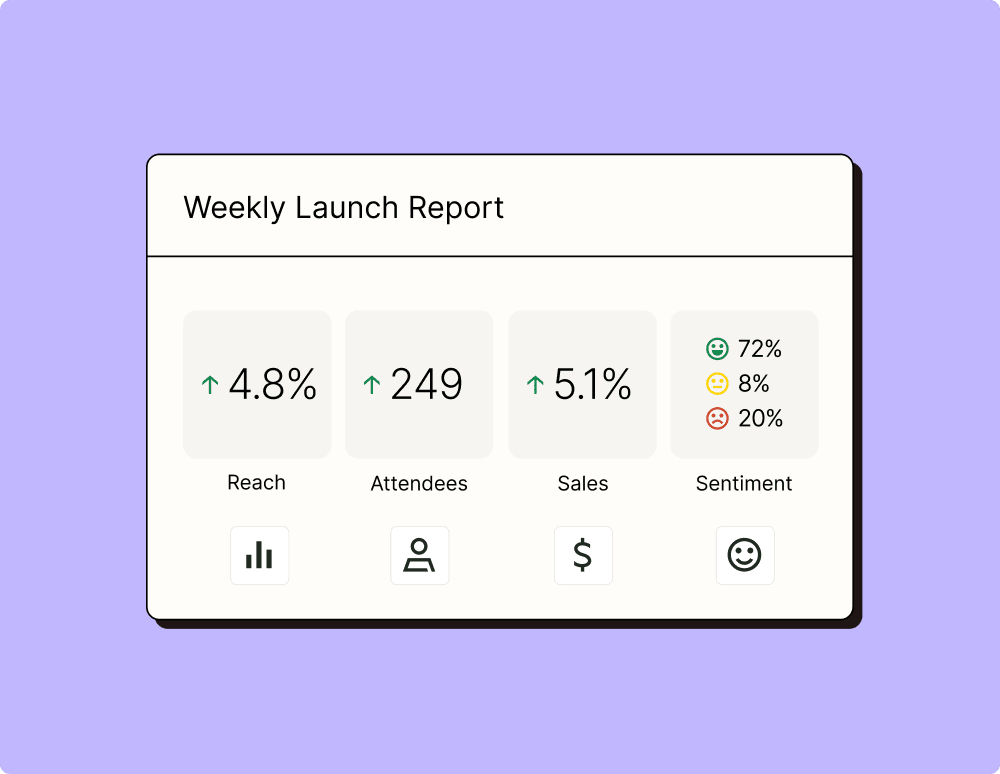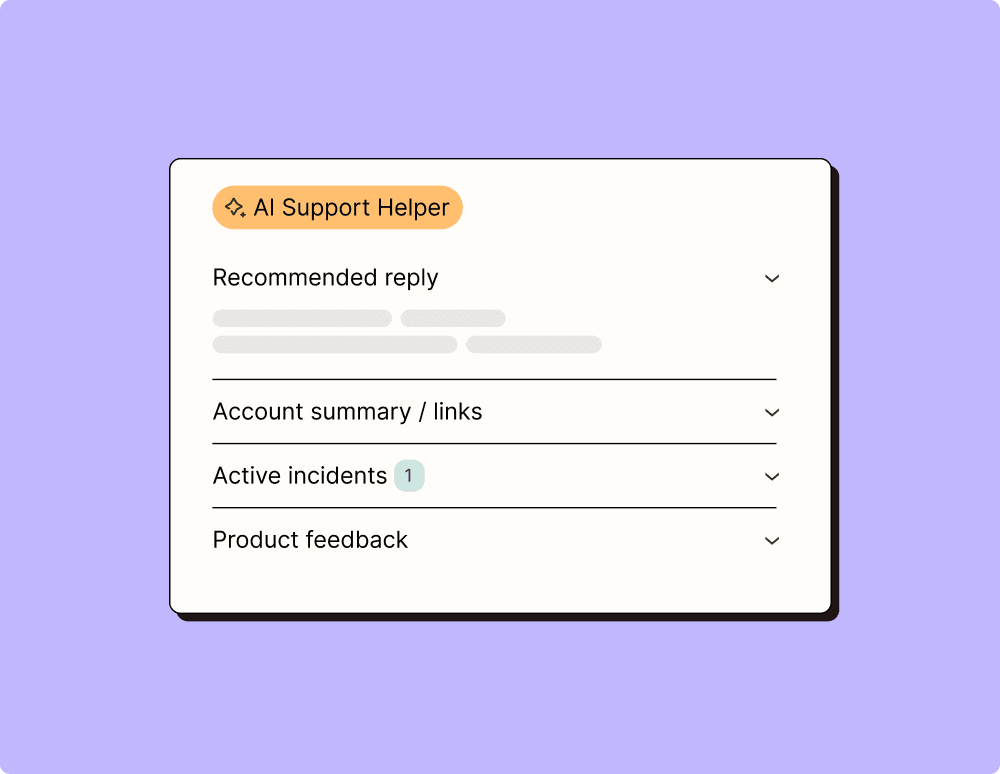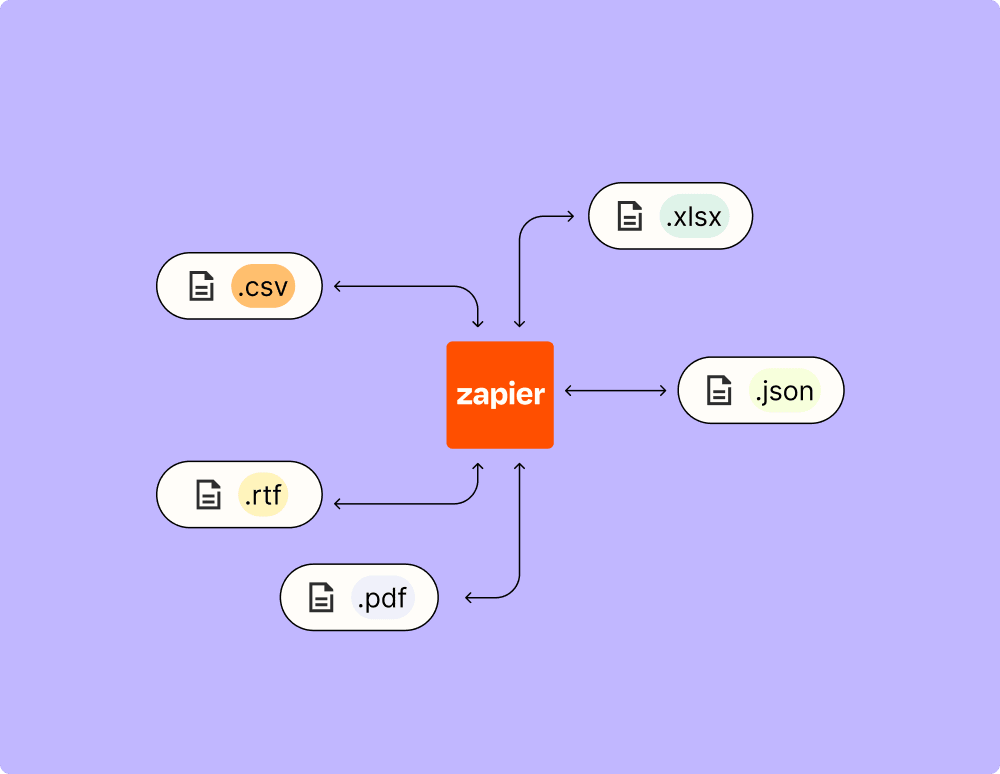Connect Google Sheets and Moodle to unlock the power of automation
- No credit card required
- Free forever for core features
- 14-day trial for premium features and apps
Set up your first integration
Quickly connect Google Sheets to Moodle with a Zapier template.
Our most popular template

How Zapier works
Zapier makes it easy to integrate Google Sheets with Moodle - no code necessary. See how you can get setup in minutes.
Zapier is the automation platform of choice for 87% of Forbes Cloud 100 companies in 2023
93%
Customers who say using Zapier has made them better at their job
25m
Customers have created over 25 million Zaps on the platform
6 mins
The average user takes less than 6 minutes to set up a Zap
Frequently Asked Questions about Google Sheets + Moodle integrations
New to automation with Zapier? You're not alone. Here are some answers to common questions about how Zapier works with Google Sheets and Moodle
How do I set up an integration between Google Sheets and Moodle?
To set up an integration between Google Sheets and Moodle using our platform, you need to start by creating a new zap and selecting Moodle as the trigger app. Once you've chosen your desired trigger event from Moodle, such as 'New Course Created' or 'User Enrolled,' connect your Moodle account. Then, choose Google Sheets as the action app and select the action you want to perform, such as 'Create Spreadsheet Row' or 'Update Spreadsheet Row.' Finally, map the data from Moodle to your Google Sheets columns.
What are some common triggers in Moodle for integrating with Google Sheets?
Common triggers in Moodle that we often use include 'New User Enrollment,' 'Course Completed,' and 'New Assignment Submitted.' These triggers can help you automate tasks like adding a new row to a Google Sheet when a student enrolls in a course or updates an existing row when they complete a course.
Can I update existing rows in Google Sheets based on changes in Moodle?
Yes, you can update existing rows in Google Sheets based on changes in Moodle. After setting up your trigger event in Moodle, choose the action event in Google Sheets as 'Update Row.' We allow you to specify which column should be used to find the row that needs updating so that any changes in Moodle are accurately reflected on your sheet.
What actions can be performed on Google Sheets with data from Moodle?
Our integration capabilities allow several actions on Google Sheets with data pulled from Moodle including creating new spreadsheet rows, updating existing rows, finding rows based on specific criteria, and even deleting rows if necessary. This provides flexibility depending on what kind of data management you're looking for between these two platforms.
Is it possible to create a new spreadsheet in Google Sheets automatically when an event occurs in Moodle?
Currently, our standard set of integrations doesn't support automatically creating new spreadsheets directly when an event occurs. However, our available actions let you create new rows within an existing spreadsheet whenever triggered by a specified activity within Moodle.
How do we ensure data is transferred securely between Google Sheets and Moodle?
We utilize OAuth protocols for secure authentication which ensures that all interactions between your Google Sheets and Moodle accounts are protected. Additionally, we employ encryption during data transfer processes ensuring that all the information passing through is safeguarded against unauthorized access.
Are there any limitations when integrating multiple courses from Moodle into one Google Sheet?
While integrating multiple courses from Moodle into one sheet is feasible, be mindful of potential column mapping conflicts if different courses have varied sets of information. To efficiently manage this integration without errors, ensure consistent data structures across courses or customize each column mapping appropriately during setup.
Supported triggers and actions
Zapier helps you create workflows that connect your apps to automate repetitive tasks. A trigger is an event that starts a workflow, and an action is an event a Zap performs.
